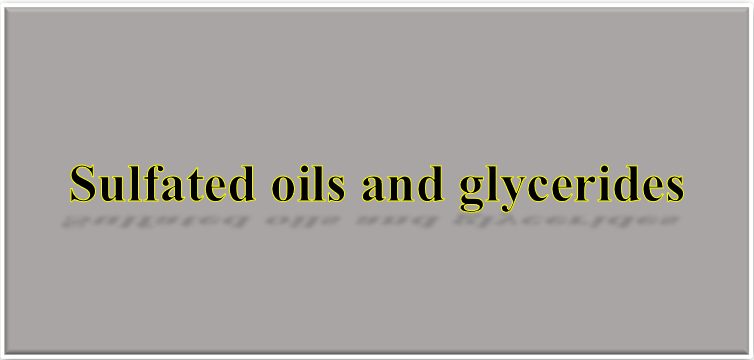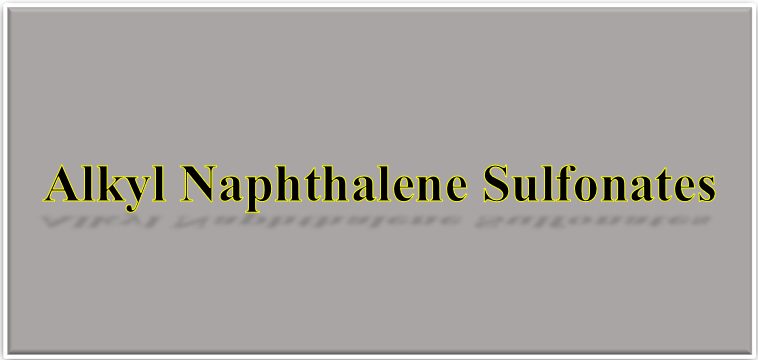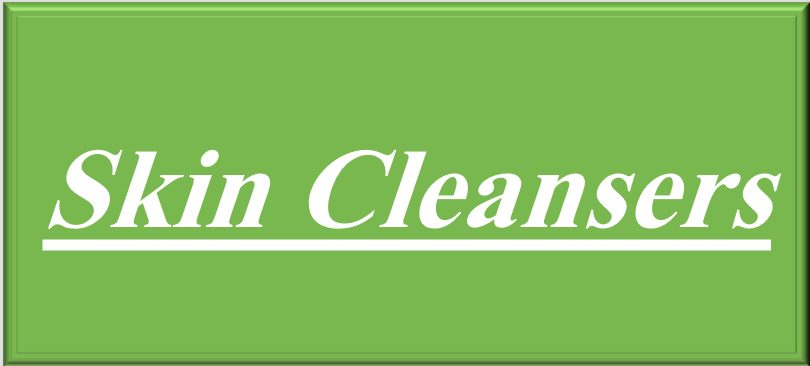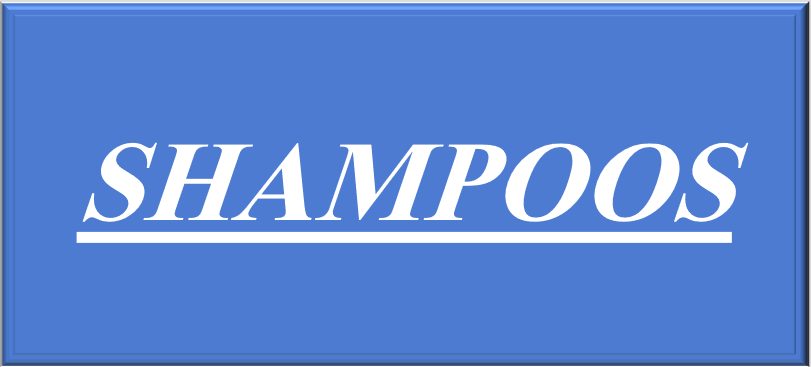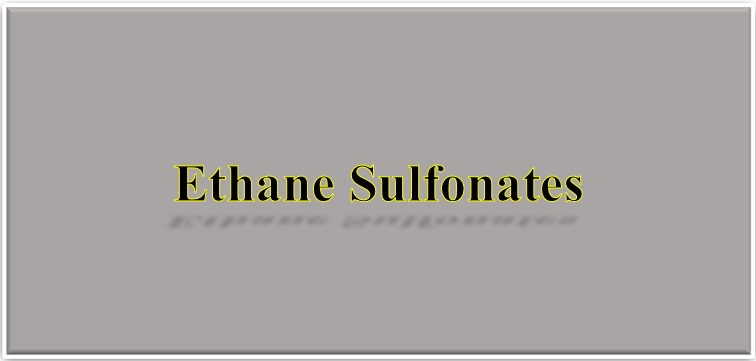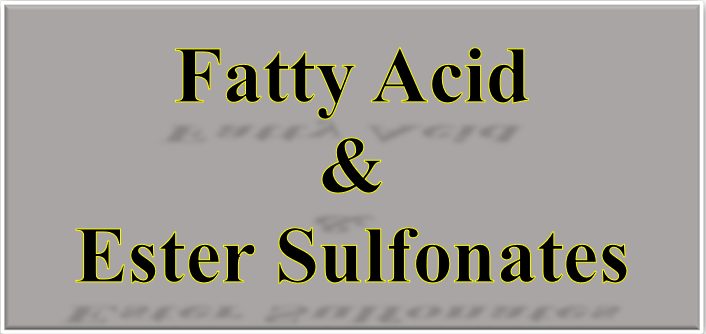General Name
Fatty monoglyceride sulfates
Mono-, di-or triglyceride sulfates
Sulfated mono-, di-or triglycerides
Sulfated oils
Examples:
Lauryl monoglyceryl sulfate, Turkey red oil (sulfated castor oil)
Description
Produced by sulphation (usually with oleum) of the glyceride of a fatty acid, i.e. an animal fat or vegetable oil. There are three possible reactions:
1. Reaction with the OH group in the hydrocarbon chain, if it contains a hydroxyl group (e.g. castor oil).
2. Reaction with a double bond in the hydrocarbon chain of the fatty acid (e.g. oleic acid)
3. Hydrolysis of the ester group to give a free hydroxyl group on the glyceride portion and subsequent sulphation of the hydroxyl group. Or sulphation of a previously prepared fatty monoglyceride.
Alternatively, the formation of the monoglyceride and the sulfate may be combined by reaction with oleum in the presence of the appropriate amount of glycerol. There are numerous patents on these types of preparations. Sulfonation of the saturated hydrocarbon chain is possible when sulfur trioxide is used.
Even with one specific oil, a large number of products with different properties can be made. The degree of sulphation can be altered, thus resulting in varying mixtures of sulfated products, soap, and free oil.
The most common sulfated oils are Turkey red oil (ricinoleic acid triglyceride) made from castor oil; sulfated methyl and ethyl ricinoleate; sulfated methyl esters, e.g. butyl oleate; fish oil, lard oil, tallow, palm kernel, tall oil, and rape seed oil sulfates.
General properties
The sulfated monoglycerides are excellent detergents. Partial glycerides containing unsaturated acids or hydroxy acids have more than one site available for sulphation and possess specific properties such as wetting and emulsification. Taking sulfated castor oils (Turkey red oil) as an example, the main properties can be grouped under two headings:
1. Good wetting: penetrating and emulsifying; obtained by a high degree of sulphation. These products are used as surfactants.
2. Plasticising or softening properties of the oil: obtained by a low degree of sulphation. These products are unlikely to be very useful as surfactants.
Sulfated methyl esters have good wetting properties, but usually with low foam. This is rare in anionic surfactants.
Applications
Household products
Detergents, the sulfated monoglycerides of coconut fatty acids were once made on a very large scale for use in household detergents; they have been replaced by petrochemical-based surfactants.
Shampoos and cosmetics
Ammonium salt of coco acid monoglyceride sulfate was used as the basis for a popular US shampoo. The product is very similar to the equivalent lauryl sulfate but due to the additional hydroxyl groups, it has slightly better water solubility. Deodorants, sulfated castor oil.
Textiles
Emulsifying and wetting agents in dyeing and printing (Turkey red oil); detergent, kier boiling.
Metal working
Emulsifying agent for kerosene in hand gel cleaners (sulfated castor oil); emulsifying agents in cutting oils (sulfated butyl oleate).
Leather manufacture
Fat liquoring
Printing inks
Pigment dispersing agents and wetting agents.
Mineral processing
Until recently, sulfated monoglycerides were used in ore flotation.
Specification
It is difficult to give representative figures as products vary so widely in composition, but active anionic content, free fatty acid, total alkali, combined sulfate, inorganic sulfate, solubility in water, and solubility in white spirit should all be tested.

